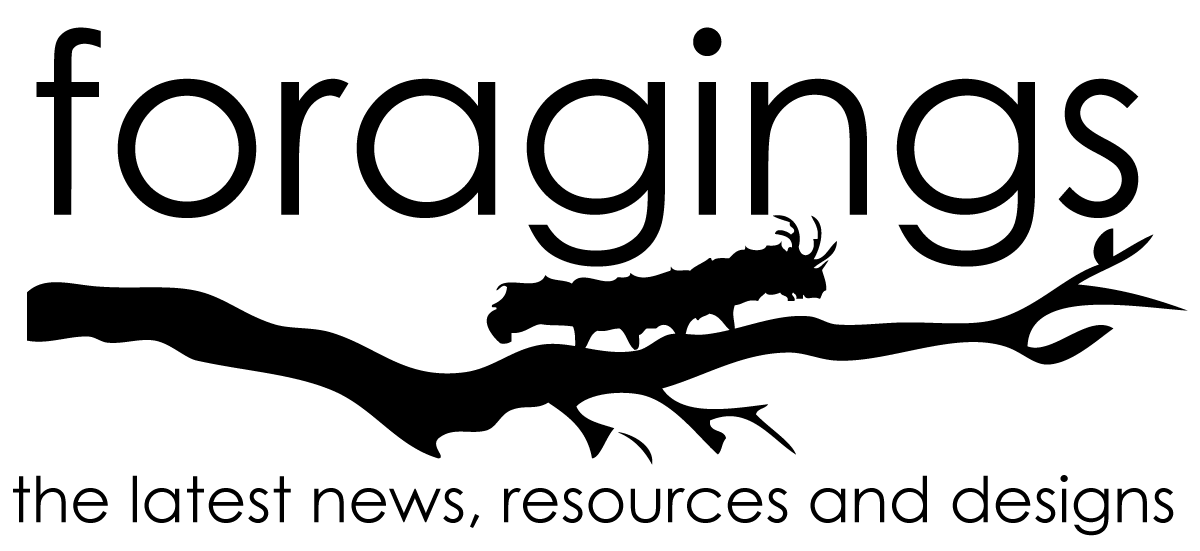News::
- La Petite Ceinture de Paris:: This blog post from Nature urbaine features railroads that have been abandoned where nature has started to reclaim them, with some rather beautiful results.
- Twitter in the city: The urban life of birds:: An article from The Independent describes how urban birds are changing their calls by singing louder or singing during different hours and how this change may affect them.
- On the move:: Another article about urban birds, this one discusses the move of the home of a pair of Peregrine Falcons in downtown Worcester, Massachusetts, due to their current building requiring renovation.
- Landscape Urbanism vs. New Urbanism: Who cares? Both are missing the point!:: This post from the Rhizome blog weighs in on the debate, saying that both arguments are lacking a thorough understanding of ecology.
- Wild Things 2011 Conference:: If you’re in the Chicago area on March 5th, this conference looks very interesting and has dozens of sessions. It would be great to see more like this throughout the country.
- KGW Audubon Raptor Cam:: The popular Raptor Cam in downtown Portland is now live again, with Red-tailed Hawks currently building their nest.
- More Animals Found in Urban Forests:: From the NY Times is a really interesting article about a study which found a higher diversity, as well as higher activity in urban forests than the wild areas.
Resources::
- Estuary Edges: Ecological Design Guidance:: This is an excellent resource for designing estuary edges with various methods depending up on the site. It was developed by the Environment Agency in conjunction with the Thames Estuary Partnership.
- Salmon Safe:: This Pacific Northwest group “has become one of the nation’s leading regional eco labels with more than 60,000 acres of farm and urban lands certified in Oregon, Washington, and California.” They have certifications for universities, parks, vineyards, golf courses and more.
- How to plant milkweed for monarch butterflies:: An article from the Los Angeles Times discusses which kinds of milkweed to plant, and tips on how to plant them for Southern California.
- Restoring Disturbed Landscapes: Putting Principles into Practice
:: This new book features a five-step process for restoring disturbed landscapes: articulate the goals of restoration, define and analyze the problem, identify appropriate solutions, select treatments to apply and monitor and assess trends.
- Wild LifeLines:: From the Wildlands Network is, “A new tool for identifying potential broadscale wildlife dispersal pathways amongst the most natural and connected lands in the western United States.”
- Urban Habitat Action Plan:: This is a plan from the Surrey County Council which has a long list of objectives, many of which relate directly to wildlife.
- Biodiversity Planning Toolkit:: From the Association of Local Government Ecologists, this interactive website is full of information in a very visual format.
- Urban Carnivores: Ecology, Conflict, and Conservation
:: A book about urban wildlife, this one focusing on carnivores. The book discusses urban ecology and the role of the carnivore and provides species accounts.
- Advice on locating nesting sites:: This blog post from the London Peregrine Partnership discusses the best type of building for locating a Peregrine nest.
Design::
- Gardens Flourish on Top of City Buses:: From the Urban Gardens blog, a post about a prototype green roof planted on top of a New York City bus.
- The Modern Birdhouse:: From the Build Blog features a collection of modernistic birdhouses that are inspirational.
- Some additional birdhouses…:: From the brute force collaborative blog is another collection of modernistic birdhouses.



